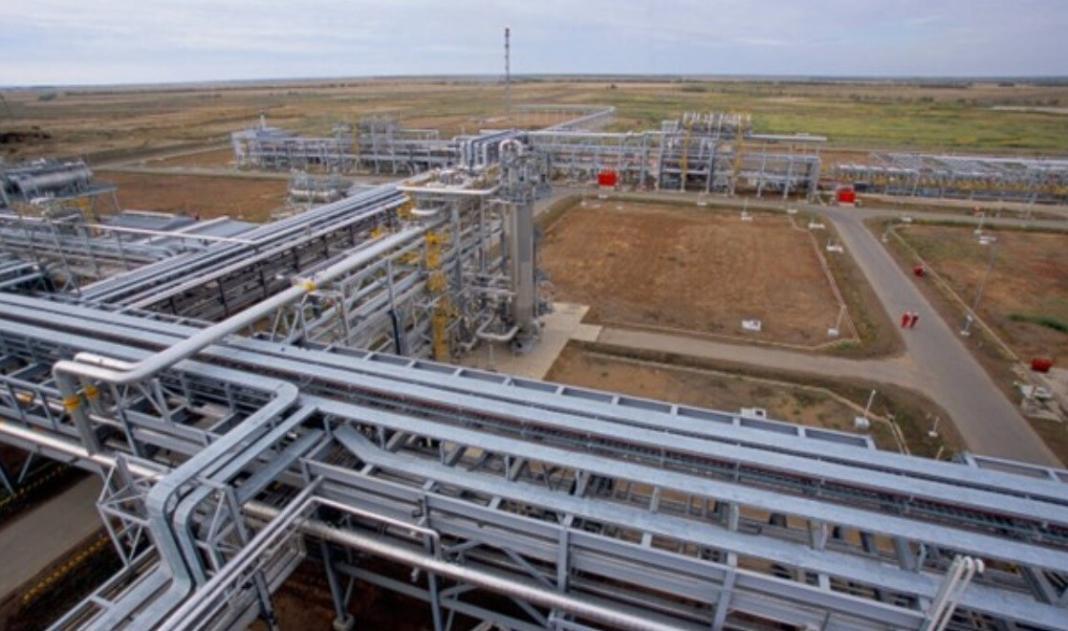As our world becomes more industrialized and populated, how do we balance our need for resources with a commitment to the environment and sustainability? What if we could transform the way we manage industrial waste and limit the damage to our water ecosystems? Wouldn’t it be great if advanced technologies could proffer the solution? These are questions that continuously drive innovations in industries across the globe.
In this post, we delve into one such pressing issue – the efficient separation of oil and water, a prevalent problem in various industrial sectors. As you read on, we’ll explore the latest innovations in oil water separator technology, their implications for environmental sustainability, and how these advancements are revolutionizing how industries handle waste.
This forward-leaning piece presents a comprehensive look at contemporary and progressive solutions that are beginning to redefine the way we approach waste management and environmental preservation, specifically within the context of oil-water separation.
Why the Need for Improved Oil-Water Separator Technology
Industrial waste in the form of oil and water mixtures is a pressing issue, affecting ecological balance, wildlife, and human health. The presence of oil in wastewater presents serious environmental hazards and complicates the waste treatment process, necessitating an effective separation method.
Traditional separators have been grappling with issues like spatial constraints, operational costs, and limited efficiency. Recent innovations target these challenges, proposing revolutionary solutions that shift the industrial landscape.
The drive for improved oil-water separator technology isn’t just to meet regulatory standards. It’s about adopting a globally responsible approach, underpinned by the goals of conservation and marine life protection. The new breed of separators is eco-friendly, highly efficient, easy to maintain, and has lower operational costs.
Breakthroughs in Oil Water Separator Designs
Over the last few years, we’ve seen some groundbreaking innovations in oil-water separator technology. These range from coalescing plate module separators, which use gravity to separate oil from water to bioreactors using bacteria to break down oils.
Other innovations include centrifuge systems that use force to separate mixtures and membrane technologies that sieve out oil particles. Each of these technologies comes with distinctive merits, which include improved separating efficiency, reduced footprint, and potentially lower operating costs.
Responding to the demands of industrial applications, these pioneering systems are now integrating artificial intelligence, automation, and real-time monitoring capabilities, ushering us into an era of future-ready, efficient, and ecologically responsible oil water separators.
The Impact of These Innovations
The repercussions of these pioneering technologies are significant and far-reaching. They cut down operational expenses, reduce the space needed for installation, and provide a quicker way to filter out oil from water.
Moreover, they dramatically lessen water pollution, lower waste treatment costs, and ultimately foster healthier ecosystems by limiting the intrusion of pollutants. The implications for the industrial sector and the wider world are nothing less than transformative.
Also, the reduction in cost and ease of use makes these innovative systems more accessible to smaller businesses, expanding their reach and potential impact.
Emergent Challenges and Solutions
Like all revolutionary technologies, these innovative oil-water separators come with their own set of challenges. These are mainly related to the initial installation costs, energy usage, and maintenance.
However, as technology evolves and becomes more widespread, these obstacles are likely to diminish. With more research into efficient designs and the scaling up of production, initial costs are sure to come down. Furthermore, the adoption of energy-efficient designs and the integration of renewable energy sources are promising ways to counter the increased energy demands.
Looking Ahead – The Future of Oil-Water Separators
The future of oil-water separators is exciting and promising. As the technology continues to evolve, we can expect even more efficient separators, reducing capital and operating expenses, resource usage, and environmental damage.
Anticipated advancements include the integration of AI for predictive maintenance, increased automation for seamless operation, and a greater incorporation of green energy sources. The future points towards fully self-sufficient systems where the separator, powered by renewable energy, operates and maintains itself.
Conclusion
In embracing these advancements, we stand at the threshold of a new era – an era of efficiency, sustainability, and respect for our planet. The latest innovations in oil water separator technology offer us thrilling prospects for the future, promising a safer, cleaner, and more prosperous world.
These innovations, however, are only as efficacious as their uptake. As the baton passes to policymakers and industry leaders, one can only hope for heightened awareness, increased investment, and more comprehensive regulations to pave the way for a future where technology and nature coexist in harmonious balance.
Therefore, we must continue to support technological advancement in this field and work collectively toward realizing the full potential of these oil-water separator technologies. Innovation is our ally in the fight for environmental conservation, and these technologies are certainly leading the charge. Iron sharpens iron, and with each new technological breakthrough, we edge closer to a future that is not just sustainable, but regenerative.
You may also like to read,
- Green Horizons: Sustainable Technology Innovations Shaping Our Future in 2024
- Why You Need to Keep Your Industrial Facility Organized and Safe







